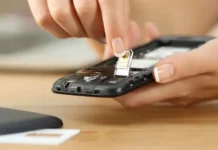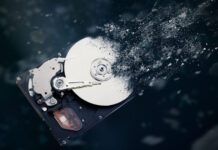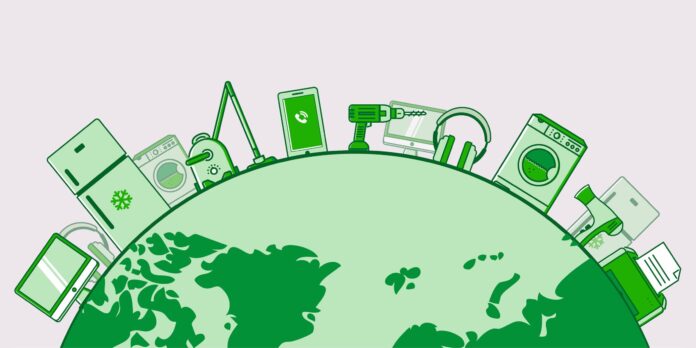
All of the devices we have in our home have a limited lifetime. So, the same can be said about electronic devices that became an essential part of our everyday life. All the laptops, PCs, smartphones, washing machines, stereos, etc. you have in your will surely stop working after some period of time. Based on the quality of the device itself, it can last for a couple of years, even decades, before you are forced to throw them away.
We can see that landfills are filled with electronic devices that are thrown away. It should be known that this is not the same type of garbage that we are used to seeing every day. These devices require a different concept of treatment than we can see in something that we could call the “usual junk”. So, the world needs education about how we should handle these.
The effective way of taking care of these is called electronic recycling. Its name says much about the way you are handling the junk. If you are interested in finding a local e-recycling center near you or some other specifics about electronic recycling itself, be sure to visit allgreenrecycling.com. Anyway, since this is a pretty important topic in this day and age, we’ve decided to conduct research on our own.
So, we are going to talk about the process of recycling these materials, how they should be stored, and all other particularities required. According to various experts in this field, this is one of the biggest problems of our century. Therefore, the world needs to give its best efforts in order to resolve something that can be called technological pollution. And, what’s the best way you can resolve it than electronic recycling, right/ Now, we will provide you with the results of our research.
Types of E-waste
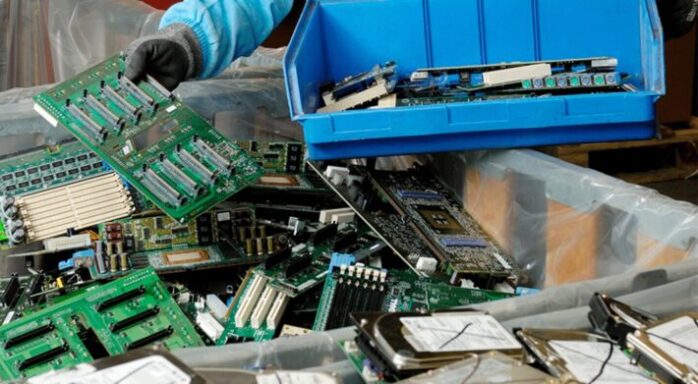
Just ask yourself one simple question, how many mobile phones have you had during your lifetime so far? Well, this is a question that can be placed in front of every person in the world. By multiplying the answers, we would see what is one small percentage of e-waste. It goes without saying that the final result would be, countless. Therefore, there are many things that we can do in order to prevent technological pollution. However, before we actually do this, we need to know about which types of e-waste we are talking about. Now we will get into the details.
Telecommunications devices (PCs, laptops, smartphones…)
- Cooling devices (fridges, freezers…)
- Screens (monitors, TVs…)
- LED bulbs
You can see that there are several types of e-waste. What’s even more important is to know how to handle all of this waste. Naturally, we can be sure that all of these types require somewhat different handling than other types. This way is based on their nature and their use. Therefore, we need to be pretty careful about how we are going to handle each one of these types of e-waste.
What is the Process of Electronic Recycling?
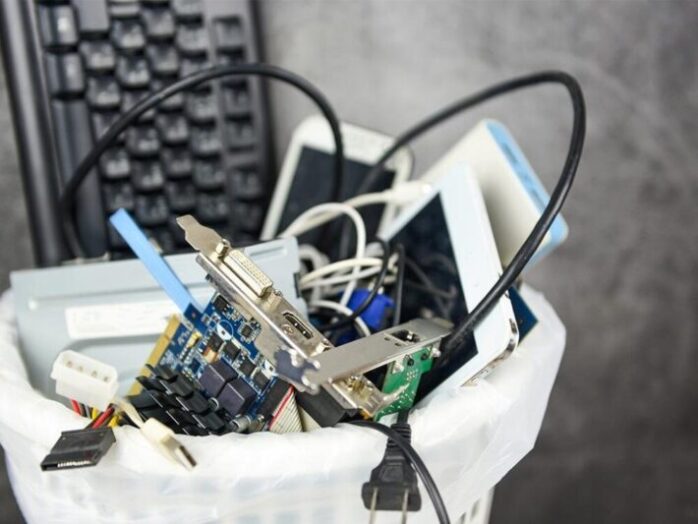
The basic process of recycling means that you are taking a product or its parts, that can be used once again, without throwing it away. The whole point is to recover the highest percentage of the product and use it again as a solo product or as a part of some other device. Thankfully, there is a wide array of parts that can actually be used again when we are talking about electronic devices.
Pretty much every part can have a new life as a part of the whole new system. With recycling, we would prevent technological pollution, which is one of the commonest problems of our society. Therefore, we need to invest all of our efforts in order to prevent it. This process can be divided and categorized in a couple of different processes.
Collection
The first thing that you need to do about e-waste is to collect it and transport it to the location where the recycling process can be conducted. We can see that we have a lot of different bins that are used for different types of waste, which is pretty helpful with the process of collecting and transporting it to the point where the actual process of recycling will be done.
Sorting
We’ve already talked about categories of e-waste and we’ve said that every category requires a different way of handling. Therefore, one of the most important things you can see with the recycling of electronic devices is sorting the waste according to these categories. Thankfully, technology is at a high level of advancement, which provides us with a possibility of re-using a high percentage of waste from different categories. So, preparing the categories is surely one of the most important things.
The Preparation for Actual Process
After you’ve collected and sorted out all the e-waste, you are ready for the actual process of recycling. All of the things you’ve accumulated over time is now at your disposal and is up to you to see which ones will actually be useful for many other different products that you can find.
This is probably the easiest process, especially if you have experience in this line of work. Anyway, you should give your best efforts, because, remember, the higher percentage of waste you’ve been able to recycle, the lower is the percentage of things you will add to technological pollution.
What are the Benefits?
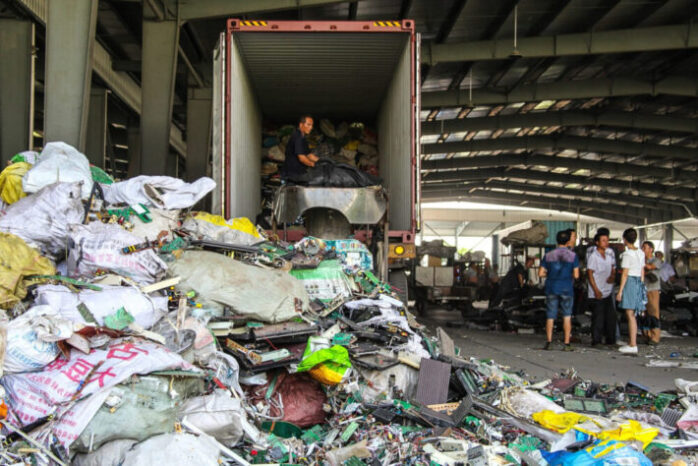
There are literally countless benefits to electronic recycling. The first and most important one is that you are going to be able to preserve the energy that would otherwise be spent on creating a whole new product or part. At the same time, you can prevent the further accumulation of junk in landfills, which is surely one of the biggest problems of our civilization.
Remember, every part of e-device consists of some percentage of gold, silver, palladium, copper, etc. All of these ingredients can be used for some other product, and they prevent the waste of other resources since we can see these that are already used in the existing devices and their parts.


